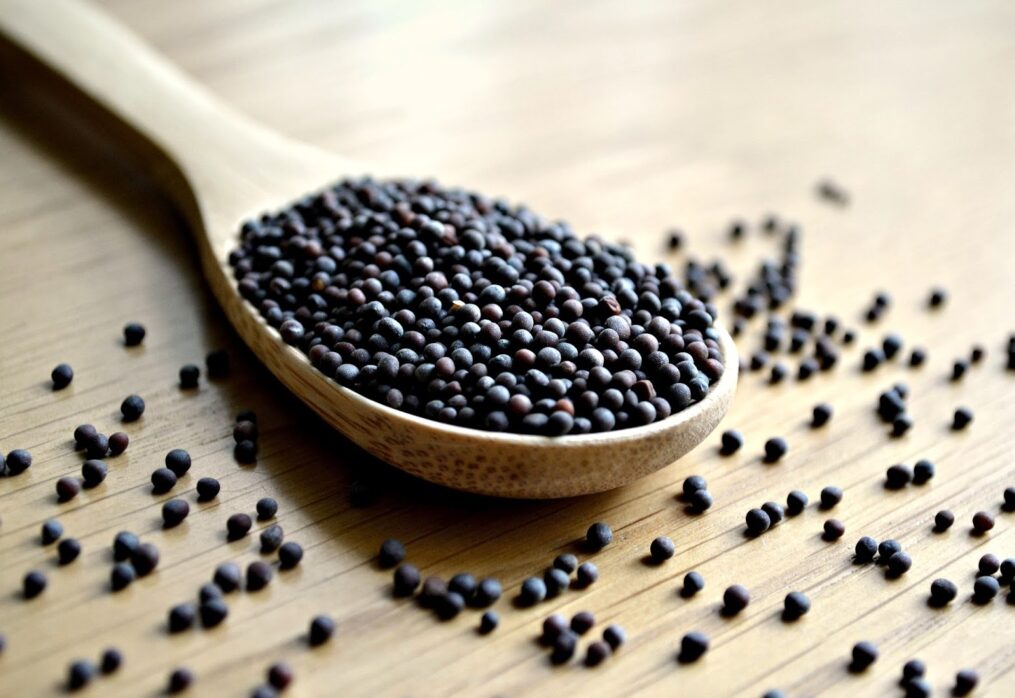Rising rapeseed prices played into the hands of Australian producers
Rapeseed prices hit record highs, while soybean prices declined
Rising rapeseed prices are making it harder for many importers to buy the crop, while suppliers are increasing their income. For example, export values for Australian products are up 72% over the previous year. At the same time, analysts are predicting further price increases, which amid the country’s record crop is great news for local farmers.
Last season, rapeseed production in Australia totaled 6.4 million tons, and due to the high demand for the crop, farmers are eager to sell it. The geopolitical conflict has virtually frozen the supply of one of the world’s major exporters, and Canada has significantly reduced sales due to a prolonged drought. To cover the lack of rapeseed on the global market, Australia increased exports, which became extremely profitable against the background of higher prices.
The other day, the Canadian World Market Price Index recorded a rapeseed price of around $925 per ton. This figure is almost twice as much as the cost of the crop for the same period last year. The price in Australia is more than 716 dollars per ton, which is a record value for the country. According to experts, the cost of rapeseed will not go down in the near future, as the risk of limited supply is still high. Unlike rapeseed, soybean has fallen in price. On the world market, its value is about $928.5 per ton, the lowest value in three months. A decrease in prices for soybeans is due to the expansion of areas under crops, many importers are waiting for a new crop.
Unlike rapeseed, soybean has fallen in price. On the world market, its value is about $928.5 per ton, the lowest value in three months. A decrease in prices for soybeans is due to the expansion of areas under crops, many importers are waiting for a new crop.
According to the results of trading on the Chicago Exchange, wheat futures are also declining. The reason is precipitation, which reduced the quality of the crop. As a result, quotes for the winter varieties CBOT fell to $384 per ton. In Kansas City KCBT, it is $401.5 a ton, with spring wheat futures at $424.6 a ton.
Corn prices in the U.S. are on the rise, and they were not affected by delays in the sowing campaign due to adverse weather conditions. Corn sowing was delayed, which affected futures — they rose. Experts expect prices to stabilize in the near future when the prospects for the new crop are clear.
Local farmers planted soybeans at 8%, which is in line with standard timing. However, when compared to 5-year figures, this result is 13% lower.
Experts gave an unfavorable forecast for American winter wheat. It is reported that its quality decreased compared to the previous assessment.
